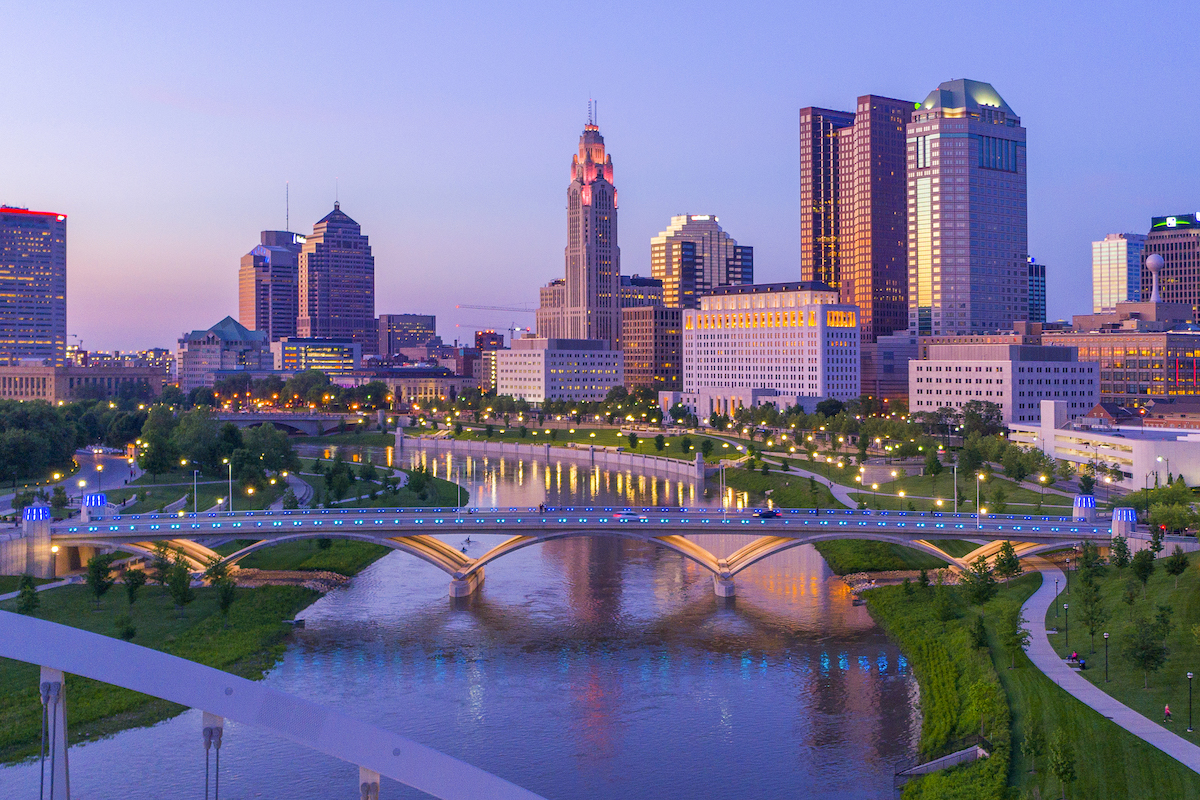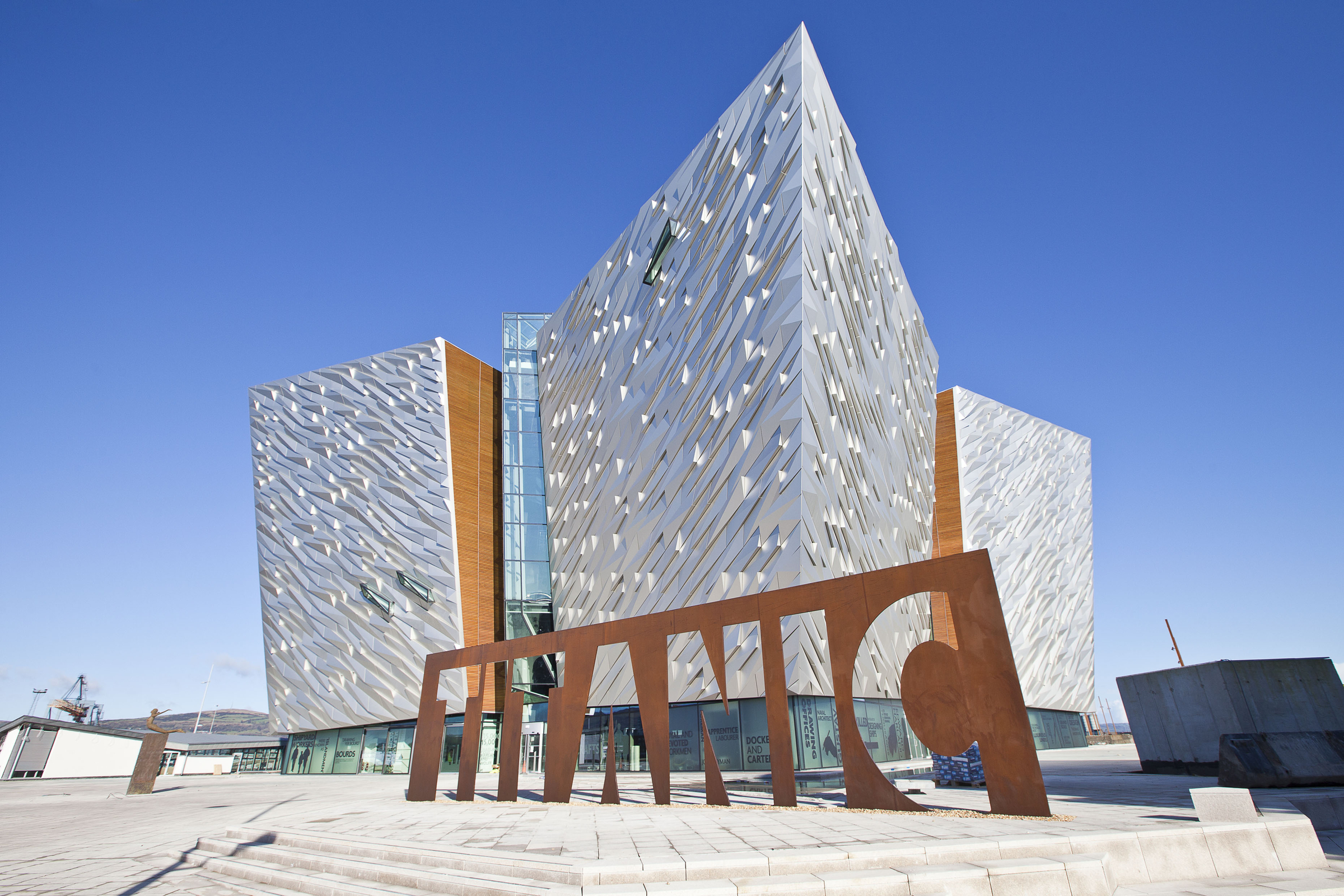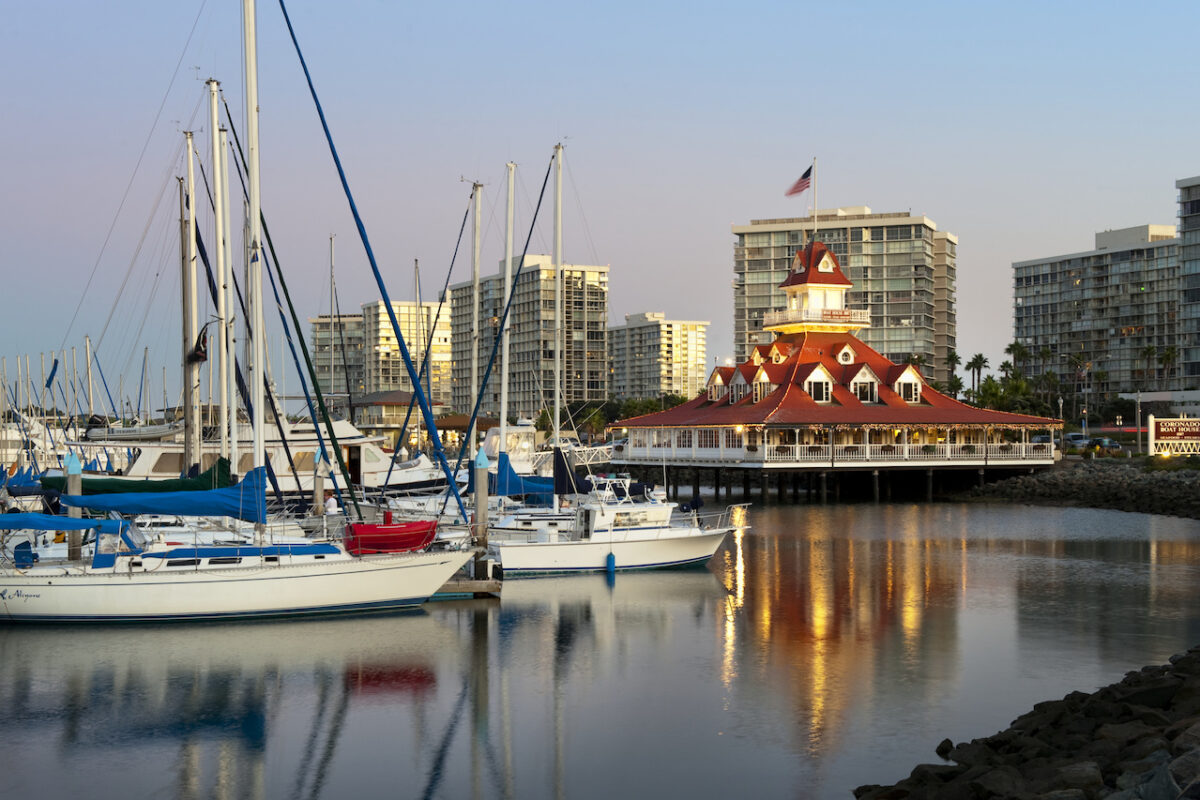Skift Take
To meet the needs of today's top event organizers, destinations have to combine state-of-the-art venues with outstanding DEI initiatives, a culture that's equal parts innovative and entrepreneurial, and a hassle-free travel experience. Find out how Columbus is putting itself on the map in each of these key areas.
Columbus is quickly emerging as a top destination for meetings and events, with the city hosting the Professional Convention Management Association’s (PCMA) Convening Leaders event in 2023, as well as being host city to a successful annual meeting for the American Society of Association Executives (ASAE) in 2019.
Recent renovations, expanded capacity, ease of travel, and innovative diversity, equity, and inclusion (DEI) programs mean that Columbus checks all the boxes for forward-thinking planners.
The city’s convention center is not only situated downtown but is just a ten-minute drive from the airport — which is itself only a one-hour flight away from more than 50 percent of the U.S. population. And the city has the hotel capacity to match, with over 5,000 hotel rooms in the downtown area alone. As the nation’s 14th largest city, Columbus also boasts all the cultural and culinary experiences you would expect from a bustling metropolis. Further, attendees can rest assured that diversity, equity, inclusion, and accessibility are top priorities for the destination.
4 Ways Columbus Sets Itself Apart as a Top Destination
1. World-Class Amenities: Upgraded Convention Center & Expanded Hotel Capacity
Urban renewal initiatives across the country are forcing planners to reevaluate their top destinations, and Columbus is a prime example of those rapidly moving up in ranking. Convention center upgrades, combined with hotel expansions, mean that the city is ready to welcome events of all sizes.
The Greater Columbus Convention Center
The Greater Columbus Convention Center boasts 373,000 sq. ft. of contiguous exhibit space, 75 meeting rooms, and a 74,000-square-foot ballroom. In total, it encompasses 1.8 million square feet.


Further, this state-of-the-art center is embracing innovation with a SmartFarm that grows hydroponic herbs for the ultimate farm-to-table experience, and an advanced HEPA filtration system to ensure the best air quality possible. As part of the center’s socially-responsible redevelopment, the SmartFarm makes periodic donations to Lifecare Alliance (the organization behind Meals on Wheels) and sourced its primary caretaker through a local autism agency. In keeping with this spirit of community involvement, the center’s 60-foot long, 7-foot high LED screen will soon showcase works by local video artists.
The Greater Columbus Convention Center also provides easy access for attendees, with 4,700 on-site parking spaces and 2,700 hotel rooms connected or adjacent to the center.
Hotel Capacity for Large-Scale Events
The newly expanded, 1,000-room Hilton Columbus Downtown, which is connected to the Greater Columbus Convention Center, is yet another example that showcases how the city is reinventing itself. Rated as one of the best Hilton properties in the U.S., the hotel enhances its brand-new interior decor with multiple works from local artists, including a large-scale metallic map of Columbus that uses projection mapping to animate the city’s landmarks.
Beyond the easy access that Hilton Columbus Downtown provides to the convention center through its German-designed glass skyway, the hotel includes 75,000 square feet of meeting space.
The bustling city of Columbus also offers a plethora of alternative accommodations. The downtown area alone has 5,000 hotel rooms, with a further 32,000 rooms citywide.
2. Ease of Travel: Getting There and Getting Around
The Midwest benefits from its central location, and Columbus may be closer to the East Coast than many people realize. It is in fact in the Eastern Standard Time zone, and its proximity to many major cities like Chicago and New York means that it’s only a one-hour flight and one-day drive away from over 50 percent of the U.S. population. Further, attendees can take advantage of direct flights from 50 cities across the U.S. and Canada.
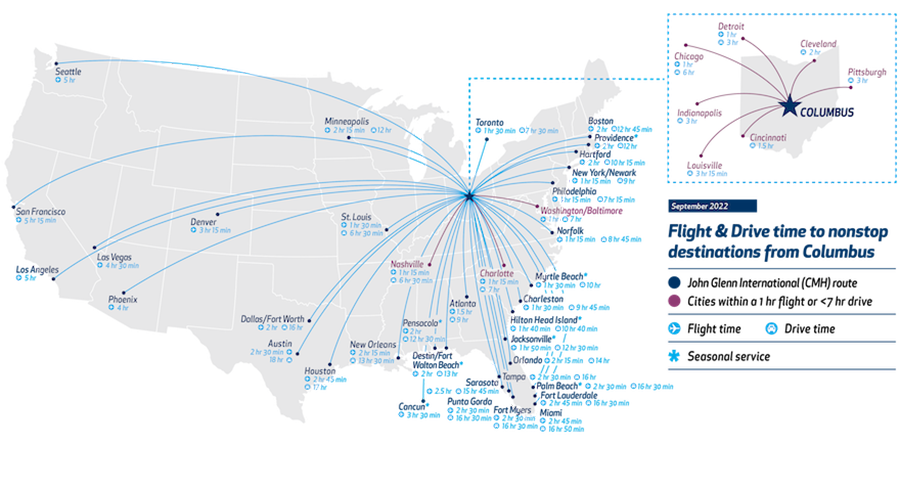

The city itself is also compact enough to be easily walkable. The airport is a 10-minute drive from downtown, where the convention center is conveniently located. From there, attendees can stroll through the nearby Short North Arts District, the “art and soul” of the city with its bevy of boutique stores, galleries, fine dining establishments, and trendy nightlife options. All five downtown neighborhoods are concentrated in a five-mile stretch that runs along High Street, making the entire city highly walkable. The convention center, for example, is within walking distance of over 150 dining and entertainment venues. To make getting around even easier, the city has pioneered interactive digital kiosks that help to orient visitors.
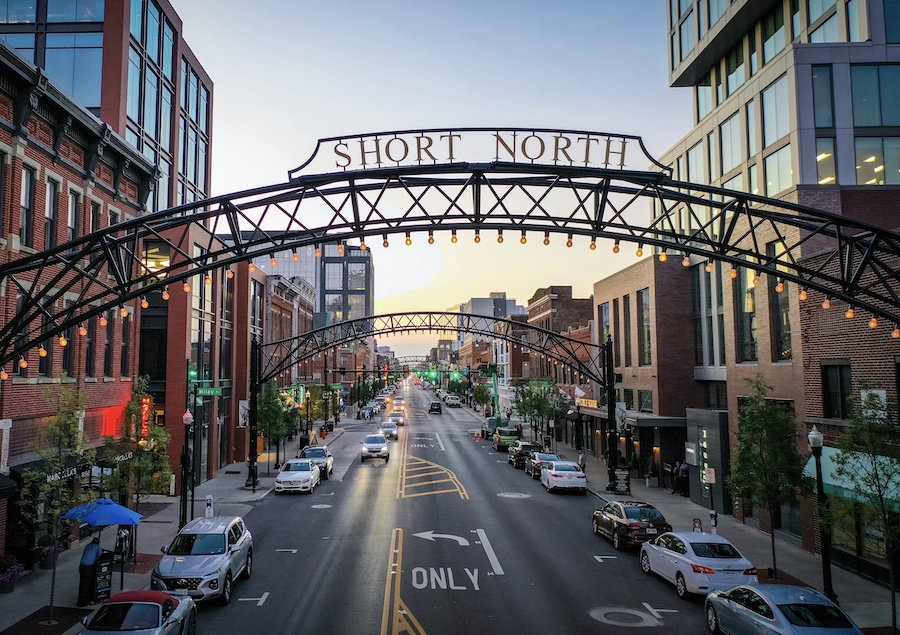

Transportation options also abound, with the AirConnect Express Bus making regular trips between John Glenn International, the Greater Columbus Convention Center (GCCC), and downtown hotels. In addition to rideshare services like Uber and Lyft, the city also offers a FreeRide service — open-air golf carts that serve downtown Columbus for free!
3. A New Standard: Diversity, Equity, Inclusion, and Accessibility
How can destinations take their DEI policies beyond a mission statement and a welcoming message? Experience Columbus is leading the charge by taking proactive steps to ensure that diverse groups are not only invited, but given a seat at the table.
Providing an outstanding model of innovative thinking, its Diversity Apprenticeship Program (DAP) provides a paid, hands-on opportunity for those who identify as BIPOC in travel industry organizations and businesses. Upon completion of the program, participants are offered an associate to a mid-level position.
The destination’s approach to accessibility is equally notable. Rather than lumping accessible attractions together in a one-size-fits-all list, Experience Columbus has created custom guides to the city for those with special needs in each of the following four categories: mobility, vision, hearing, and cognition. Curated by disability inclusion experts, this resource includes recommendations on local activities, hotels, and transportation options.
4. A Center of Innovation: Research, Sector Expertise, and Industry
As one of the fastest-growing cities in the Midwest, Columbus is doubling down on its reputation as a hub for innovation, research, and industry. The destination is home to Ohio State University — a world-class institution — in addition to 52 college campuses and universities in the Columbus region.
The city is also a top center of business and innovation, home to 16 Fortune 1000 companies that represent a diverse group of industries. These include five Fortune 500 companies, among them, Nationwide, American Electric Power (AEP), and Cardinal Health.
Moreover, Columbus is home to Battelle, the world’s largest independent research and development organization and inventors of Xerox copiers — arguably the first personal computers ever developed — and cruise control.
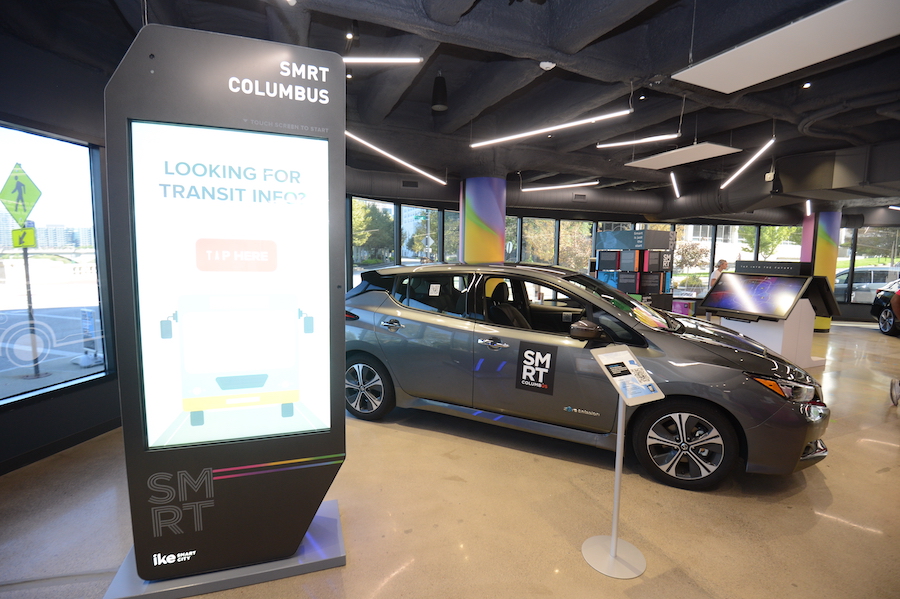

Columbus even won the U.S. Department of Transportation’s Smart City Challenge in 2016. Here are just a few of the institutions and facilities that help to put it on the map:
- The Smart Columbus Experience Center
- The Honda lab
- The Transportation Research Center
- The Center for Automotive Research (CAR)
- The Idea Foundry
Hosting an event in Columbus not only means having access to a diverse array of expert speakers but also makes it that much easier to draw important business contacts to the event.
Top Off-Site Activities & Attractions at a Glance
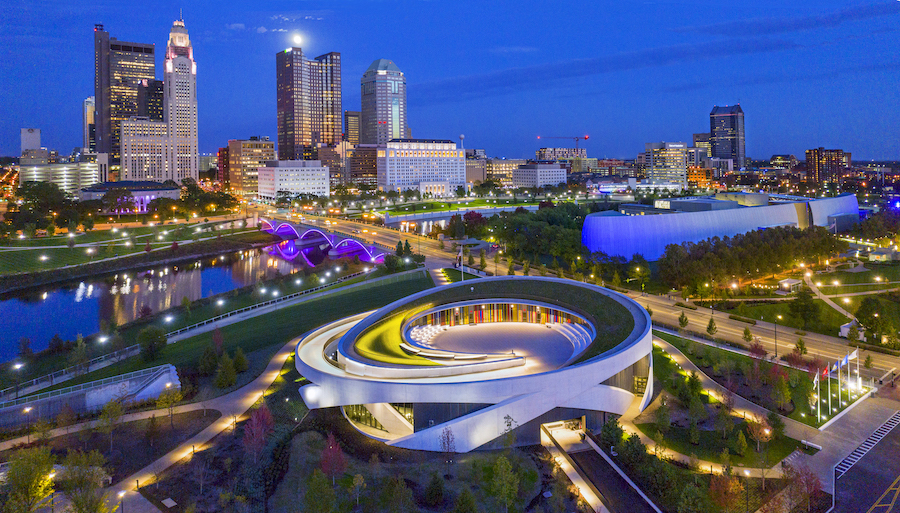

To provide an event that’s memorable for all the right reasons, planners need to look beyond the convention center to the heart of a city. Here are some of the top attractions that Columbus has to offer.
- Short North Arts District
- North Market
- Nationwide Arena
- Scioto Mile
- National Veterans Memorial and Museum
- Center of Science and Industry (COSI)
- Columbus Museum of Art
- Franklin Park Conservatory and Botanical Gardens
- German Village
- Franklinton Arts District
- Columbus Zoo and Aquarium
To learn more about the destination, schedule a meeting, or submit an RFP, contact the team of experts at Experience Columbus.
Did you know?
The Ultimate Planned City: Columbus was made the capital of Ohio even before it existed as a city. A strategically advantageous geographic location was part of the plan from the beginning. Legislators wanted a location that was within 40 miles of the state’s geographic center, and the final site was settled thanks to a land donation from four local businessmen. Officially selected as the capital on Valentine’s Day, 1812, the city was later incorporated in 1816.
This content was created collaboratively by Experience Columbus and Skift’s branded content studio, SkiftX.

